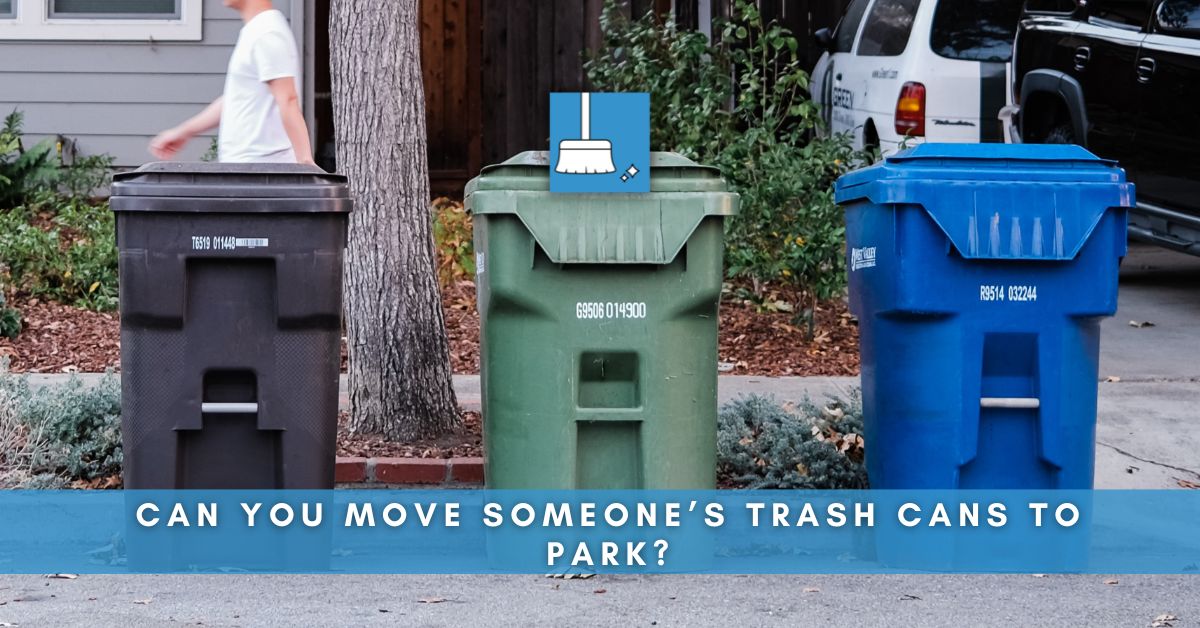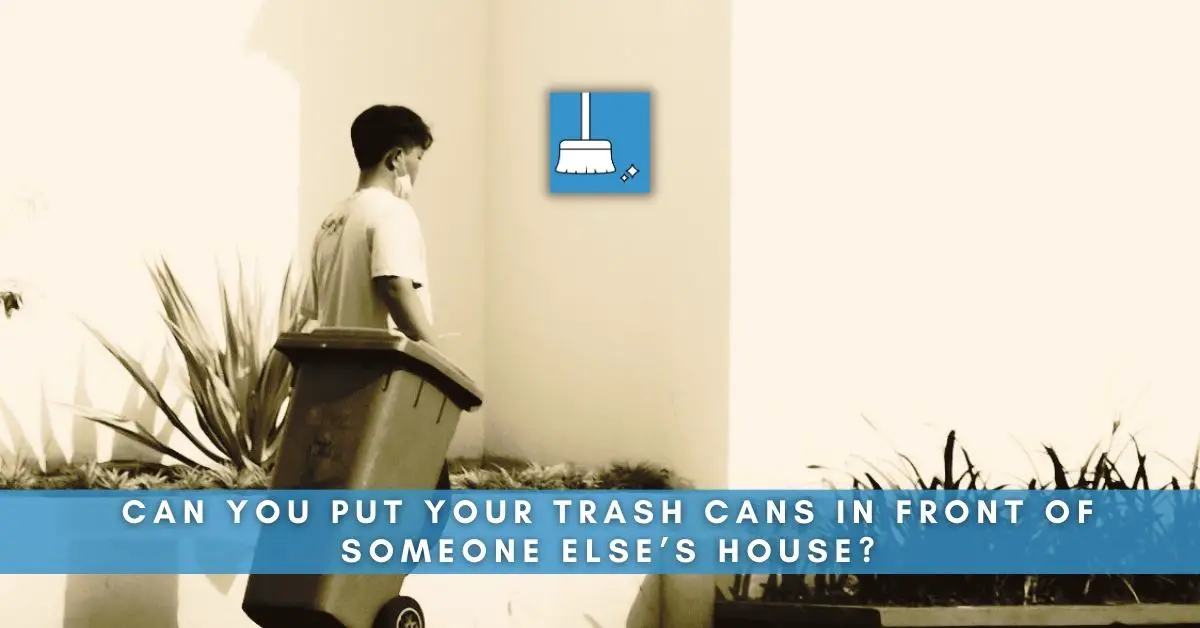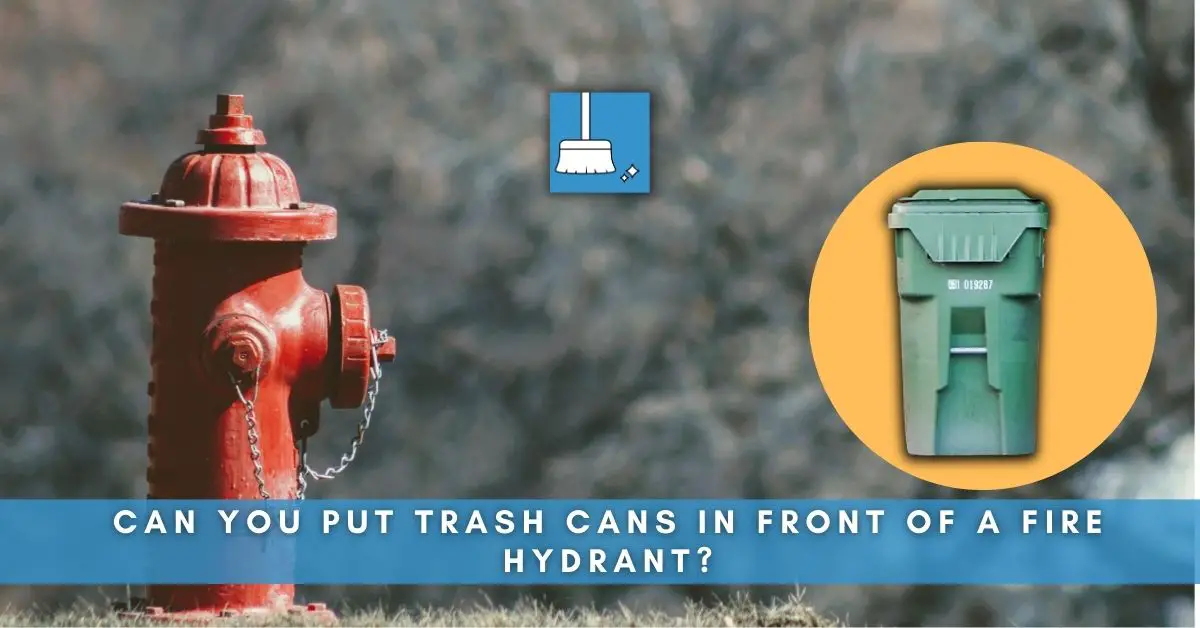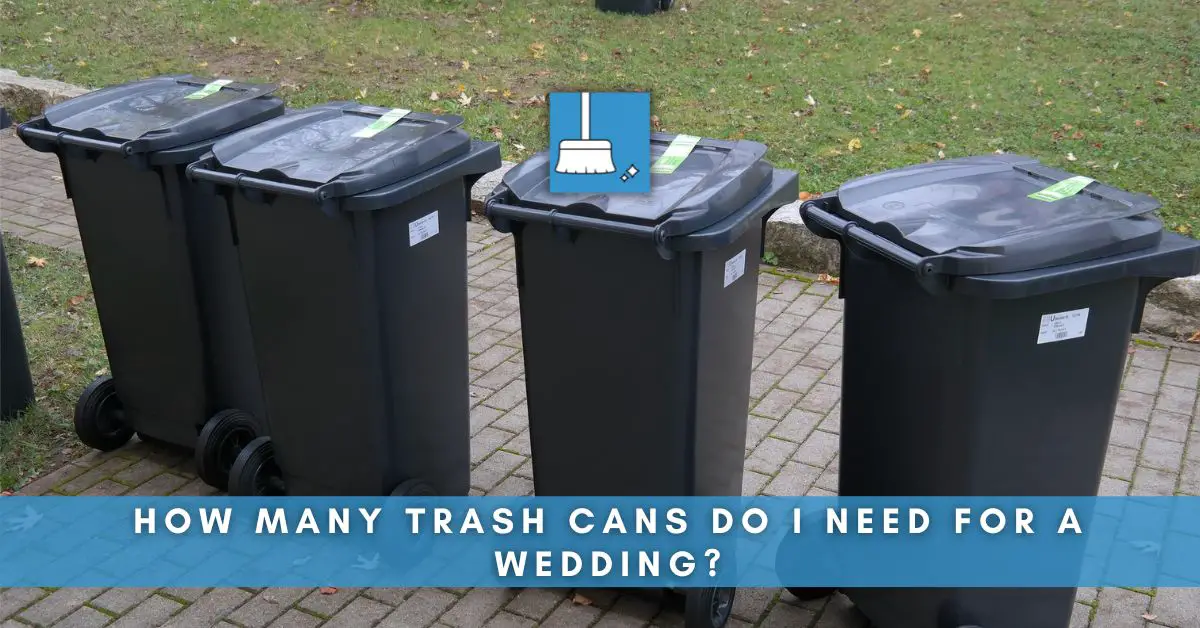When it comes to waste management at home, we’re all intent on finding the most eco-friendly and cost-effective ways to dispose our trash while keeping our living spaces clean and clutter-free. Among the many options are those trusty grocery bags we often accumulate from our weekly shopping sprees, as they seem to become little heroes in our battle against waste. However, how do we know if these bags fit into our existing trash cans, or if we need to scout for a new one with the perfect fit?
What Size Trash Can will Grocery Bags fit in?
Using grocery bags as an alternative to traditional trash bags not only helps reduce the number of plastic bags that go to waste, but also saves money on purchasing trash bags.
One solution that individuals have found effective for utilizing grocery bags as trash can liners is to use a square-shaped, 3-gallon bucket. This shape allows for a better fit, as grocery bags are not round on the bottom.
A 3-gallon trash can is ideal for rooms like bathrooms, offices, and bedrooms. This is because these rooms generate minimal waste, and there isn’t a need for a larger bin.
Additionally, a trash can of this size is compact enough to place in tight spaces without taking up too much room. [1]
Another practical solution for those who wish to recycle their grocery bags as trash can liners is the five gallon bucket. This container has a sturdy construction and wide base, making it difficult to tip over even when filled with heavy wet items.
Moreover, the five gallon bucket is an ideal size for accommodating most grocery bags without the need to purchase special trash bags. [2]
Types of bags used in households
Households often make use of two common types of bags for trash disposal: grocery bags and designated trash bags.
Grocery bags, most commonly made of plastic, can be repurposed after their initial use for carrying items from grocery stores. These bags are generally smaller and can fit into more compact trash cans, such as those found in bathrooms or under the sink.
On the other hand, designated trash bags are specifically designed for waste disposal and come in various sizes to fit different trash cans.
As a more environmentally friendly option, there are also biodegradable and compostable bags available for those who wish to reduce their plastic consumption. [3]
Benefits of using a smaller bucket
One significant benefit of using a smaller bucket for trash disposal is its space-saving nature.
A compact bucket can be conveniently placed in tight corners or under countertops, allowing for a clutter-free environment. This makes it ideal for small living spaces, such as apartments or studio units, where every inch of space is crucial.
Another advantage of a smaller bucket is its ability to facilitate frequent waste disposal.
Since these buckets fill up quicker, they encourage frequent emptying and replacement of trash bags, promoting better sanitation and hygiene. Regular garbage cleanup can also help prevent foul odors and the proliferation of pests.
Finally, a smaller bucket allows for efficient utilization of grocery bags as trash bags.
This not only saves money on purchasing larger garbage bags but also contributes to reducing plastic waste. [4]
Using a rubber band for better grip
Keeping grocery bags in place within a trash can can be achieved by using a large rubber band around the rim.
This inexpensive and simple method ensures a better grip and prevents the plastic bag from slipping down into the can.
In fact, a high-quality rubber band can last through hundreds of plastic bags, adding to its cost-effectiveness.
When shopping for the right rubber band, consider its size and stretchability. It should fit snugly around the trash can without being too tight or too loose.





